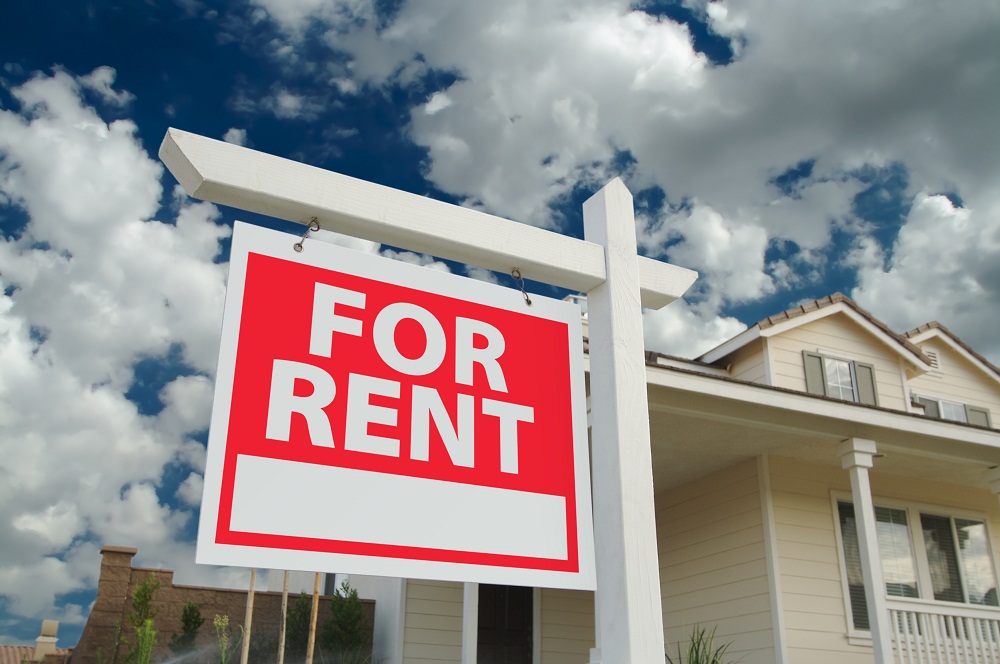Do you know the different real estate investment loans? Learn more from Investor Loan Source, a top investment property lender offering loans nationwide.
Are you planning on investing in real estate? There are primarily two ways to do this, either with cash or with an investment loan. Not all real estate investors have cash on hand when starting out. Therefore, most will choose an investment loan product to fund their purchase. If you’re researching investor loans for the first time, here is a brief overview of what loans might be available to you.
Commercial Loans
These loans are available for purchase, refinance, and cash-out purposes. They are used by investors to purchase all kinds of commercial properties up to $10 mil, in most cases. Commercial loans are great for investors who qualify for traditional loans, but can also provide creative solutions for investors who need less traditional loan options. These loans are a good option for specialized land loans.
Hard Money Loans
Have you considered a conventional mortgage, but you didn’t want the typical duration that comes with a traditional mortgage product? Hard money loans work well for private real estate investors who need short-term loans. Short-term hard money loans require pay-off within 36 months, and they have generous credit score requirements. In fact, many hard money loans have no credit requirements at all. However, before going with this investment loan product, it’s important to know that the interest rates are quite a bit more to the tune of 10% more than traditional mortgage products.
Fix-and-Flip Loans
Investors who need to close fast and need private lenders for real estate investors might choose a fix-and-flip loan. These are investor loans that offer flexible solutions to fit your needs and help you make strategic purchases. Some of the advantages of these loans are they can cover up to 100% of the property purchase amount and 100% financing on rehab costs. Most fix-and-flip loans are available for single-family homes and 2-4-unit multi-family complexes. There are typically no loan minimums with a maximum loan amount of one million dollars.
FHA and VA Investment Loans
Not everyone is eligible for these investor real estate loans, but if you are, these loans are a great way to secure a rental property. FHA loan-funded properties do have strict occupancy requirements such as they must be owner-occupied the first year, and can only be rented out the following year. What makes these investments loans so attractive is their low down payments, making it easier for first-time investors to get into the market.
Rental Loans
If you don’t qualify for FHA and VA investment loans, a private rental loan is another option for investors. These loans offer the following benefits:
- Close in as little as 10 days
- Up to 75% LTV
- 100% LTC
- 5, 20, and 30-year loan options
- Ideal for non-owner-occupied residences
- 600 minimum credit score requirements
- Available for 2-4 multi-unit rentals and single-family properties
- Wrap-around loans
Novice investors often haven’t heard of this investment loan type, but it’s a great way to get a lower interest rate on an existing mortgage with a higher yield for the investor. Wrap-around loans are transactions where the lender assumes responsibility for an existing mortgage, allowing you – the investor- to sell a property on owner-finance terms while wrapping that note around the one you have with your lender. The process is often confusing to new investors, so it’s important to work with lenders who do these loans often.
If you’re looking for an investment property lender, contact Investor Loan Source today at https://ils.cash/ to learn more about available programs for seasoned and first-time investors.


